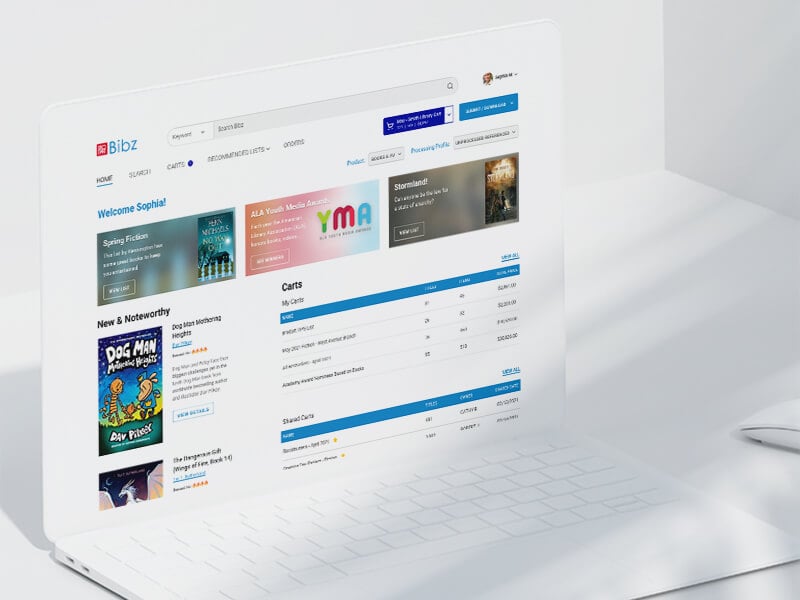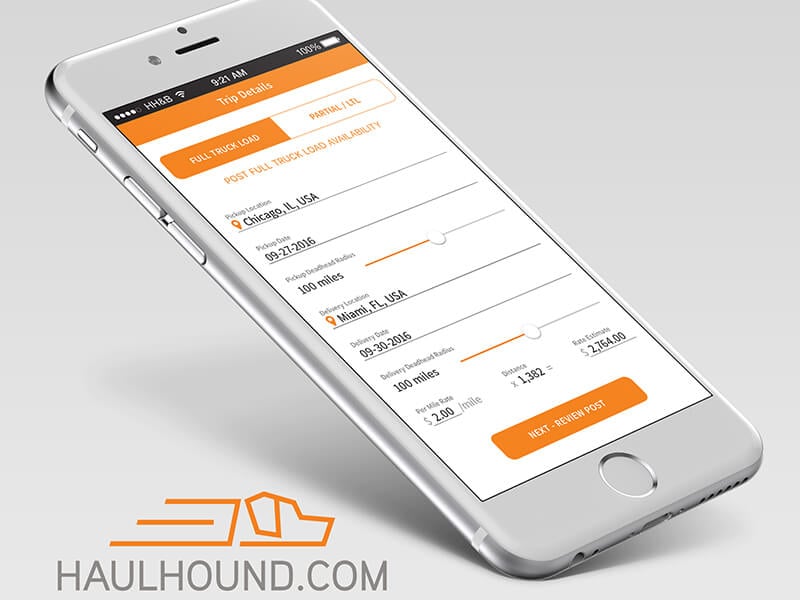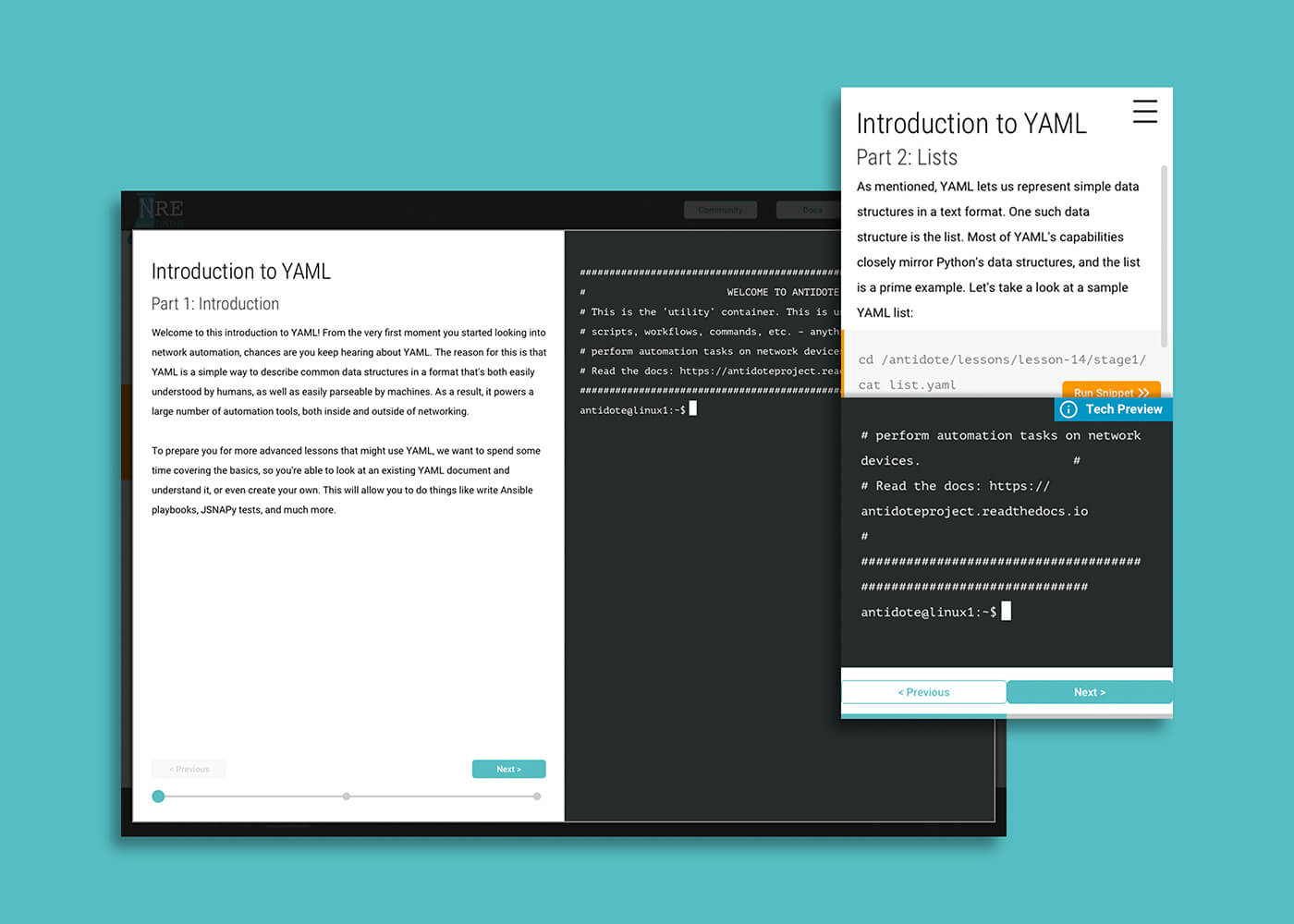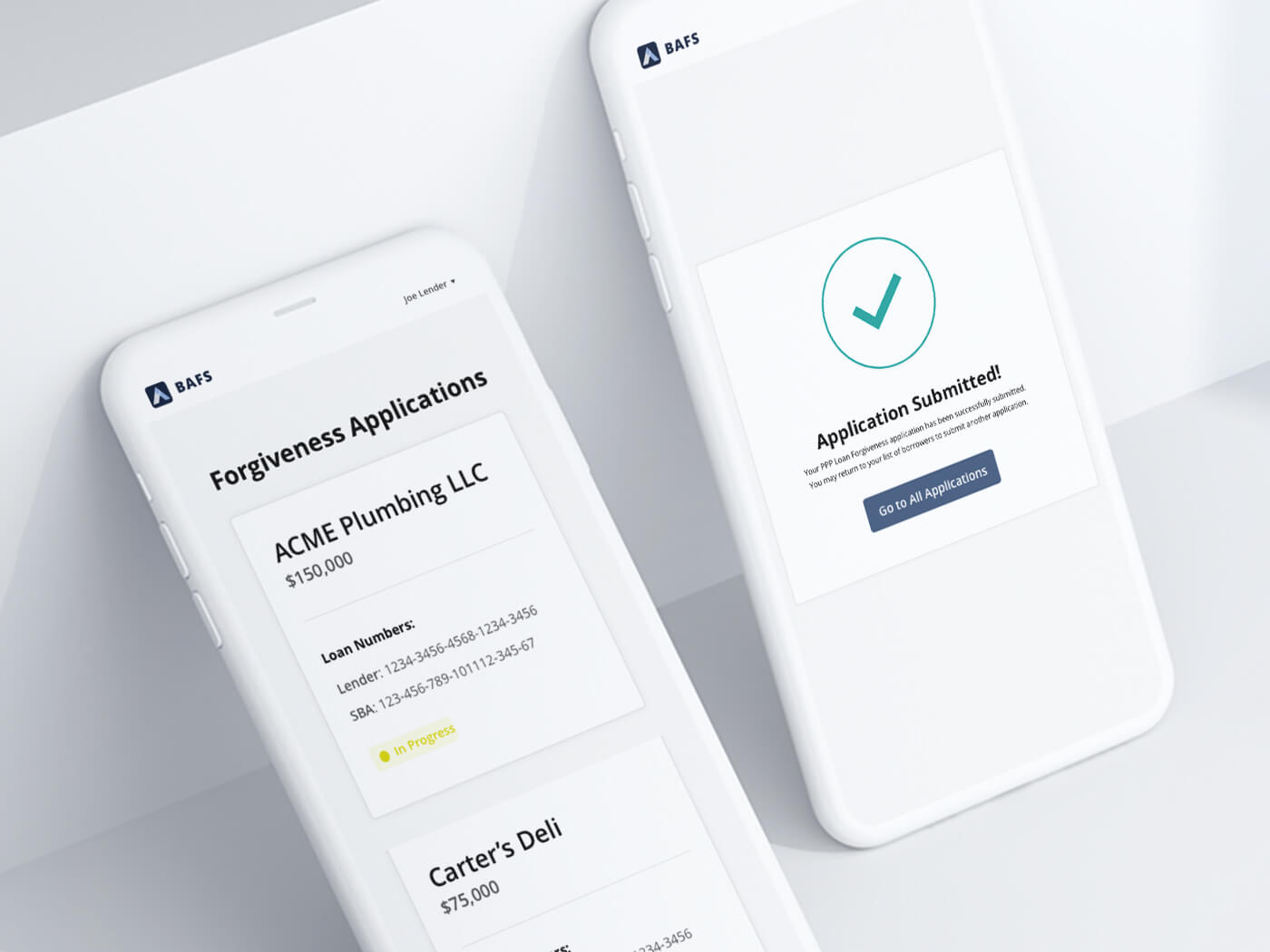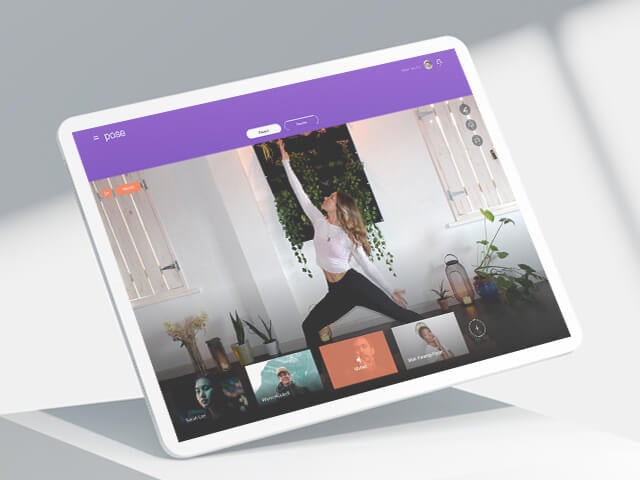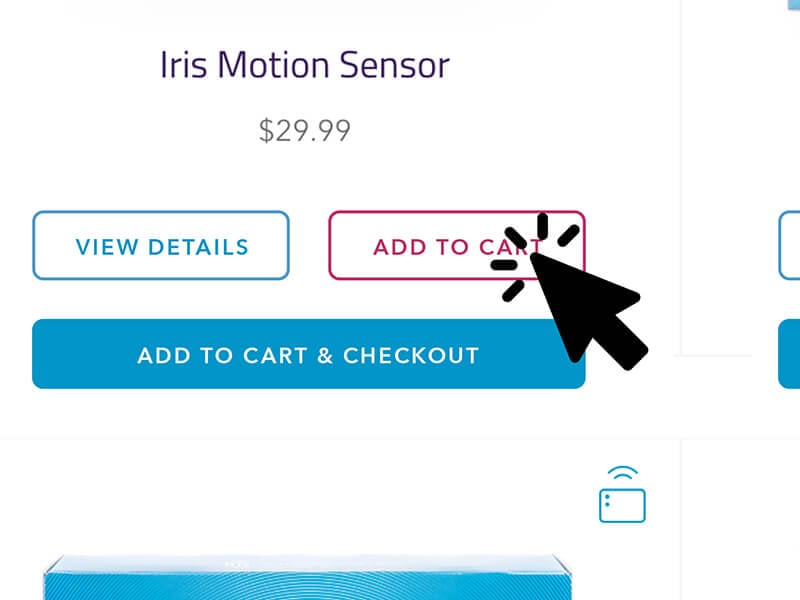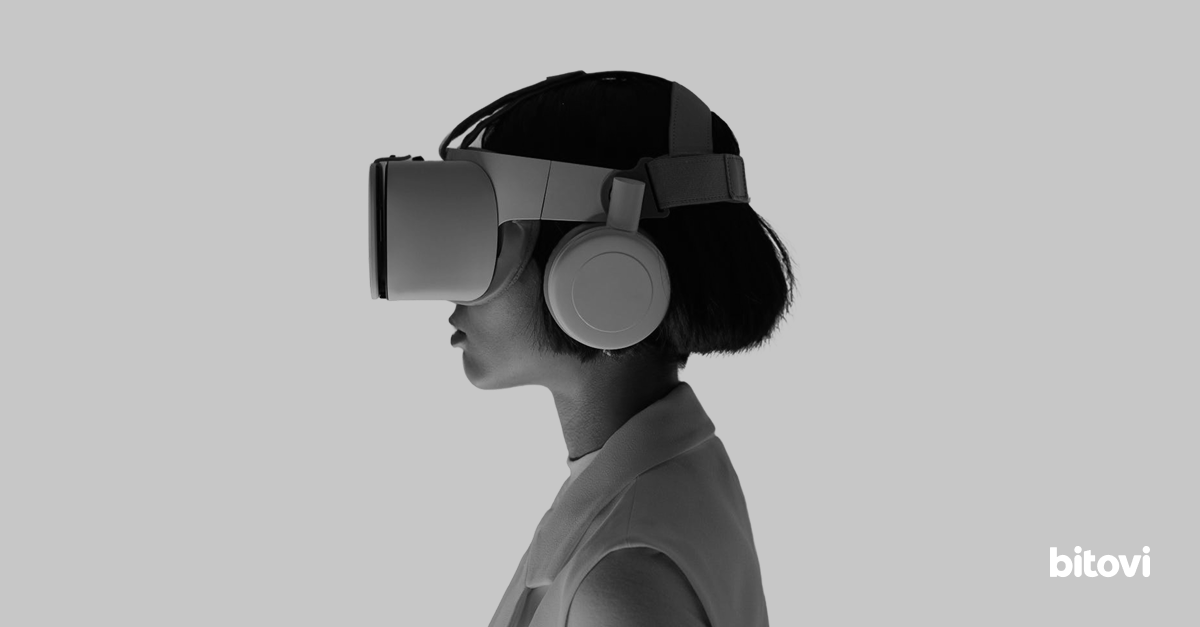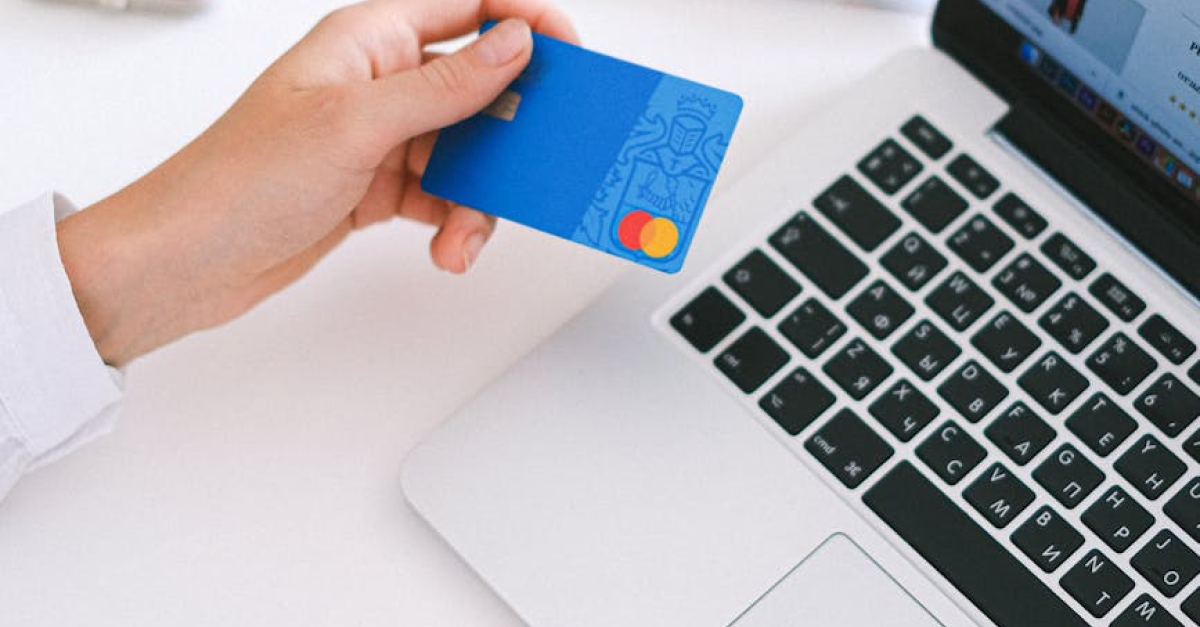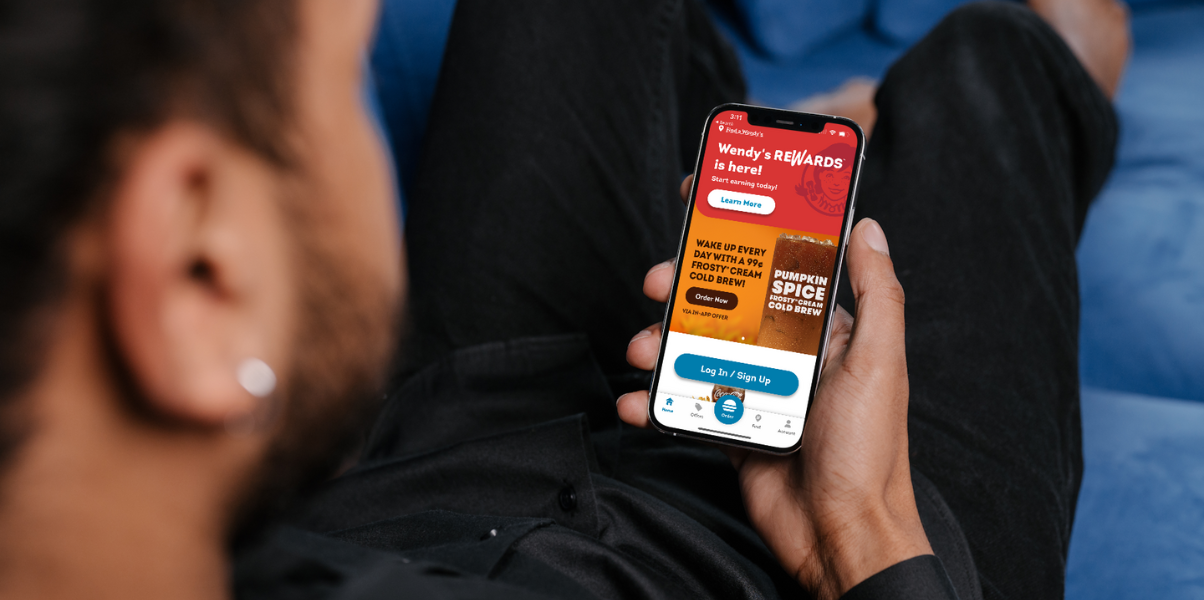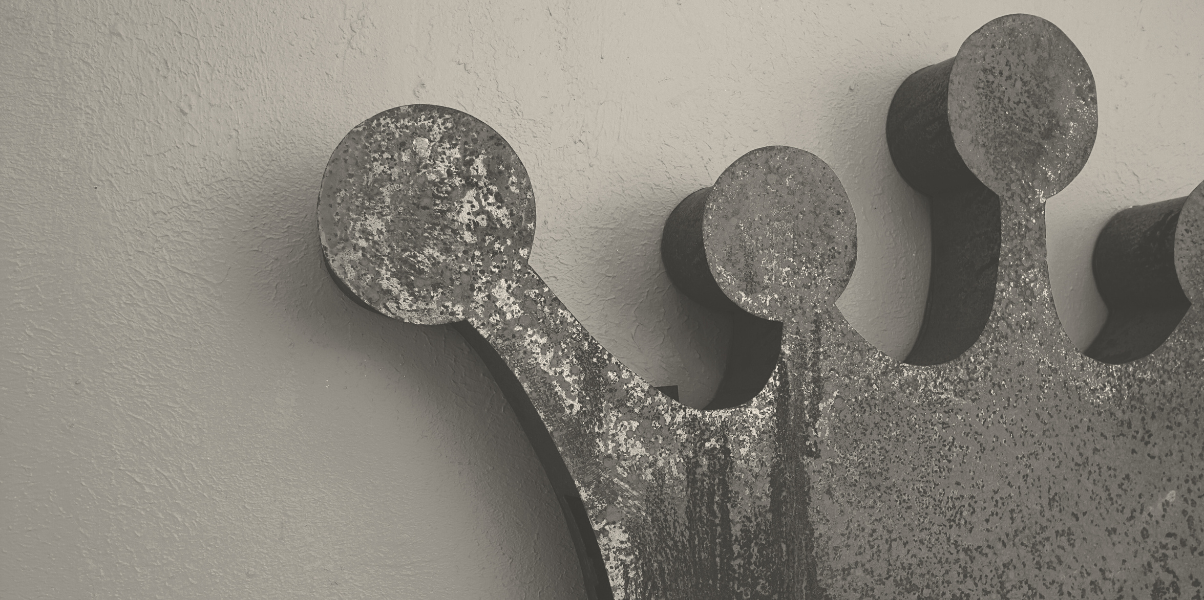Four to Eight Weeks Discovery
Every successful project starts with a clear vision of what needs to be built. This phase helps us understand and clearly articulate your product’s high-level requirements. Goals are examined and itemized to prioritize both you and your end-user.
Purpose:
- Create high-level requirements for your product
- Define the product from the stakeholder’s point of view
- Clarify the user through survey and observation
- Understand the user’s needs
- Align and refine stakeholder wants and user needs
- Define user tasks for the product
